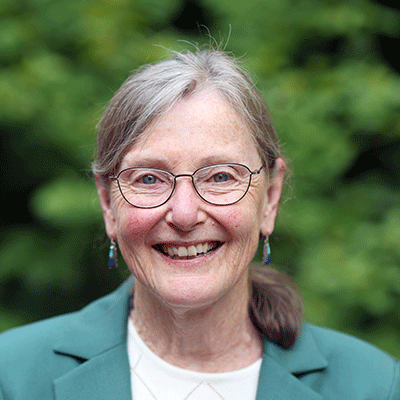National Study On Learning, Voting, and Engagement (NSLVE)
NSLVE is a national study of college student voting behavior administered by the Institute for Democracy and Higher Education (IDHE) at Tufts University. The University of Virginia joined the study in 2014.
Student Voting Rates
In 2014, the University of Virginia joined The National Study of Learning, Voting, and Engagement (NSLVE), a national study of college student voting behavior.
Administered by the Institute for Democracy and Higher Education (IDHE) at Tufts University, the purpose of the study is to provide institution-specific aggregate reports on eligible students' voting rates in federal elections. The study gathers and shares data on whether eligible students registered to vote and then voted, not on how they voted.
Over 1,000 colleges and universities now participate in NSLVE, contributing to a database of millions of deidentified student records of student political (voting) engagement in the 2012, 2014, 2016, 2018 and 2020 federal elections.
NSLVE Results for 2020
UVA 2020 results (full report) PDF
National Results PDF
68% of UVA students who were eligible (e.g., at least 18 years old and U.S. citizens) voted in 2020, an increase of nearly six percentage points over their rate in 2016.
In 2020:
- Students were more likely to vote early (30%) and not-in-person (50%) than they were in 2016.
- Undergraduate students were slightly more likely to vote than were graduate students (64% vs. 57%).
- 68% of eligible UVA students voted, compared to 66% of eligible students at all participating institutions and, more specifically, compared to 69% of eligible students at public research institutions.
NSLVE Results from 2012 and 2016 are not available online. Please click the Request Survey Results button below to request a copy.
- UVA 2012 and 2016 results (full report)
- National results (full report)
In both 2012 and 2016, University of Virginia students who were eligible to vote (e.g., at least 18 years old and U.S. citizens) were more likely both to register and vote than were students at other participating institutions.
In 2016:
- 63.9% of eligible UVA students voted, compared to 50.4% of eligible students at all participating institutions and, more specifically, compared to 51.9% of eligible students at public research institutions. UVA's voting rate, while high, did not match the highest rate among participating institutions: 81.4%.
- One-third of UVA students who voted did so through absentee ballot, and about two-thirds did so in-person on Election Day
- Women students were more likely to vote (82.8%) than were men students (73.5%).
- Undergraduate students were slightly more likely to vote than were graduate students (59.7% vs. 55.7%).
- 2nd-year undergraduate students were slightly less likely to vote than 1st-year and upper division undergraduate students.
- Voting rates by field of study were removed from UVA's campus report because the results included students who were ineligible to vote.
About the NSLVE Database
The election participation research is made possible through a unique partnership negotiated by IDHE. In short, the National Student Clearinghouse matches student data provided by participating institutions of higher education with publicly available registration and voting data from the data services organization L2.
Once the records are matched on name, date of birth, and address, the Clearinghouse then de-identifies the records and sends the data to NSLVE. NSLVE analyzes the data by institution and provides aggregate reports to each institution, comparing an institution's voting rates with national rates and by Carnegie classification, voting method, undergraduate vs. graduate status, full-time vs. part-time status, gender, age, and field of study.
Contact
Lois Myers

